Request a Catalog
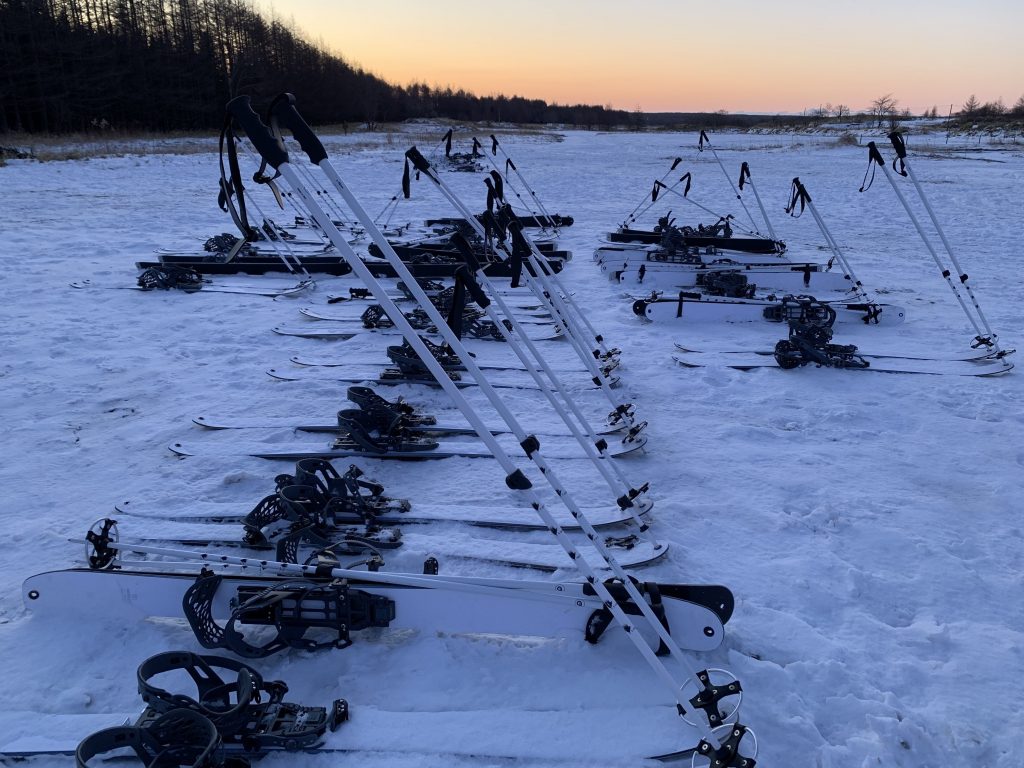
COLD TRAINING, WARM FAREWELL
U.S. Marines from across III Marine Expeditionary Force, and members of 5th Brigade, Japan Ground Self-Defense Force, say goodbye as exercise Northern Viper 2020 comes to an end, concluding the training that has taken place for the last few weeks in Hokudaien and Yausubetsu Training Areas, Hokkaido, Japan, Jan. 26 to Feb. 8, 2020.
Over the past two weeks, a total of over 3,000 U.S. and Japan forces conducted a variety of training events. Starting off, the Marines were taught how to simply move on skis; a skill well rehearsed by the members of the Northern Army. They progressed to moving with weight and eventually reached a level of proficiency that enabled them to fire and maneuver on a live-fire range, all while on skis.
The forces also conducted bilateral, combined arms and live-fire training in conjunction with ground and aviation units. These training events included a variety of machine guns, mortars, artillery, and High Mobility Artillery Rocket System.
Not all of the training occurred on foot though. The Joint Light Tactical Vehicle was brought to the exercise for its debut introduction to the force. Several heavy vehicles, Amphibious Assault Vehicles and Light Armored Vehicles joined the fray as well. Also supporting with an overhead display of firepower, were several AH-1Z Viper and UH-1Y Venom helicopters conducting a live-fire rocket attack for the first time ever in Hokkaido. The MV-22B Osprey provided several heliborne troop inserts with it’s vertical lift and takeoff capability as well.
Adding to the list of firsts for the U.S.-Japan alliance, the forces were permitted to fly an RQ-11B Raven Small Unmanned Aircraft System. This is the first time approval has been granted to fly fixed-wing UAS in Japan, and the opportunity was a significant step forward for the alliance and demonstrates a deepening bond between Japan and the U.S.
The weather in Hokkaido was ideal for the cold weather training sought by the U.S. and Japan forces. There was plenty of snow to maneuver through, clear skies for flying, and a cold bite to the air to test the warriors and equipment alike. The forces showed up looking to improve their tactics, techniques, and procedures in cold weather, and they had ample opportunity to do so.
Because of the clear threats to peace and security in this region, the highest levels of readiness must be maintained to respond at a moment’s notice to any threat, crisis, or humanitarian disaster. The bilateral training at Northern Viper built upon an already strong alliance and capable force. There’s already excitement in the air about the benefits and opportunities possible for the next iteration of Northern Viper.


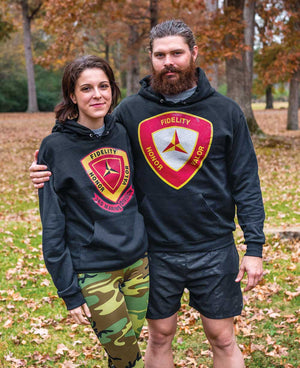
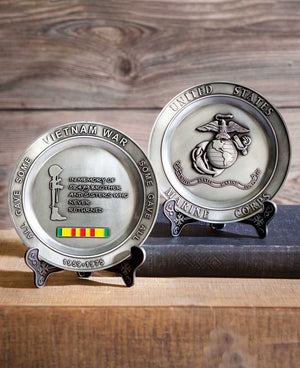
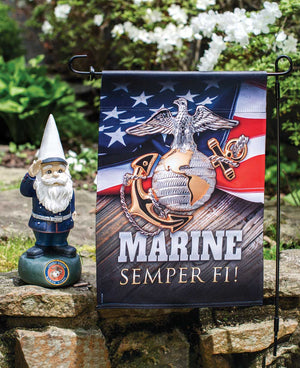
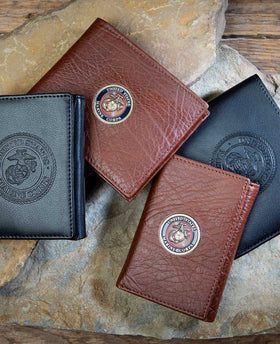
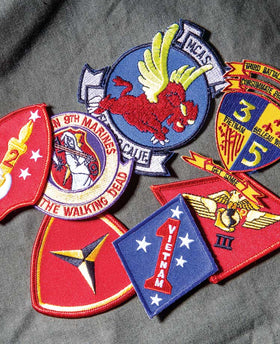
Leave a comment